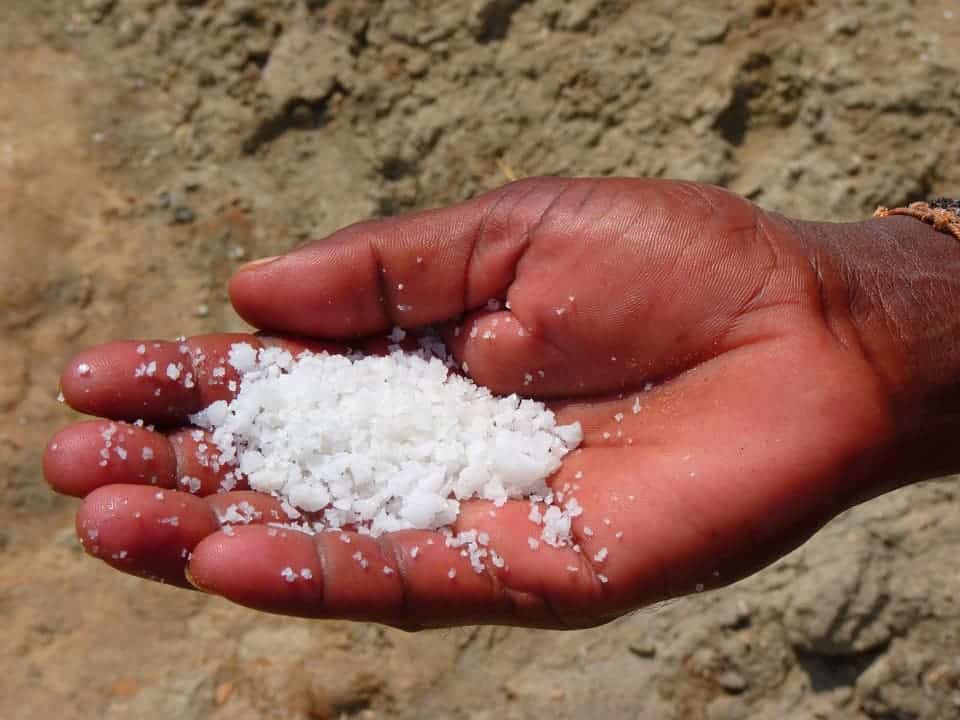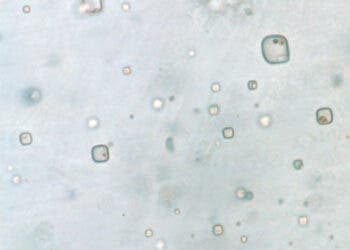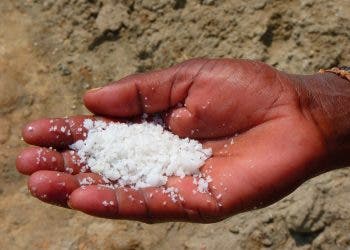
Some people can’t enjoy a meal without salt. Indeed, ancient Romans thought it was indispensable and used it as a trading medium on par with coins. The warriors serving the empire were actually paid with a handful of salt per day. Roman historian Pliny the Elder, stated as an aside in his Natural History’s discussion of sea water, that “In Rome…the soldier’s pay was originally salt and the word salary derives from it.” Today salt is so cheap, you could literally stock tens of tons it with an average San Francisco monthly wage.
But despite all its appeal going back millennia and its ubiquitous nature, we sure got a lot of things wrong about salt. A salty meal, be it fries and chicken or tortilla chips will warrant a drink or two to wash off all that saltiness. According to American and German researchers, salt actually makes you less thirsty. Not immediately, but within 24 hours, the salt intake will cause our bodies to produce water, a process akin how the camel draws water from its hump!
Dr. Jens Titze, now a kidney specialist at Vanderbilt University, has been studying human physiology in extreme environments for more than a quarter century. In 1991, he was attending a European space program course when data from a simulated 28-day mission caught his eye. He saw how the urine volumes went up and down in a seven-day cycle, something which went against what he was taught in med school since such a cycle shouldn’t exist.
Sodium — which forms an irresistible pair with chlorine which we all know and love as salt — is an essential mineral in living things for a variety of functions. In the human body, sodium levels have to be maintained at a certain level otherwise all sort of health problems can happen. Drinking excessive amounts of water, for instance, can drastically lower blood sodium, leading to a condition called hyponatremia. Many athletes have died from it.
The consensus among doctors is that when we eat salt, we get thirsty, and the excess water dilutes the sodium in the blood to acceptable levels. This thinking is intuitive and simple to grasp. It might also be very much wrong.
When Russia made a 135-day simulation of life on the Mir space station in 1994, Titze found himself in Moscow studying the crew members’ urine patterns and these were affected by salt consumption. Again, he came across something striking: an inexplicable 28-day rhythm in the amount of sodium the bodies of the crew retained that didn’t seem to be linked to the amount of urine they produced. What should have happened was a predictable rise and fall of the sodium level in line with the volume of urine. Instead, the sodium seemed to be retained in the body.

A decade later, between 2009 and 2011, his team studied four men during a 105-day pre-flight phase and six others during the first 205 days of a 520-day phase that simulated a full-length manned mission to Mars and back. In the 105-day simulation, the cosmonauts ate a diet consisting of 12 grams of salt daily, which was gradually cut down to nine grams daily, then six grams daily, each over a period of 28 days. In the 520-day simulation, the cosmonauts ate an additional cycle of 12 grams of salt daily. This time, the researchers were careful to measure every crumb of food the crew ate and measured daily urine to the last drop.
Again the seemingly erroneous pattern in urine volumes persisted but the other markers seem to follow the textbook: eating more salt led to more salt excretion; the amount of sodium in the blood stayed constant and the volume of urine increased.
But then, on a closer look at fluid intake, there was the real shocker: the more salt the crew consumed, the less water they drank. Additionally, the crew complained they were always hungry on the high-salt diet though the meals matched each crew members nutritious needs exactly. The ‘hunger games’ were gone on the low-salt diet.
When Titze’s team experimented with mice on salt diets, he found the animals drank less water the more salt was introduced into their diets.
The only sensible explanation is the body compensated by producing water when salt intake creased. The human body isn’t a fountain or spring but we do retain a lot of water in our tissue. Salt triggers the production of glucocorticoid hormones which influence metabolism and immune function. When the hormones were in high concentration, these break down fat and muscle in the body to free up water. Of course, this comes at a cost: energy, which explains why the mice on a high-salt diet ate 25 percent more food.
Of course, doctors have always known that a body deprived of water will source it from the body itself by breaking it down from the tissue. Much in the same way, a camel traveling through the desert that has no water will break down the fat in its hump. But the fact that this happens from salt intake alone is a huge revelation.
By this point, you might call this ‘fake news’ seeing how we all know chips or pretzels make us very thirsty. In reality, Dr. Mark Zeidel, a nephrologist at Harvard Medical School who wrote an editorial accompanying the published paper, says we get thirsty because salt-detecting neurons in the mouth stimulate an urge to drink. This urge might have nothing to do with the body’s actual need for water.
In light of these recent findings, a high-salt diet might make people vulnerable to diabetes, obesity, osteoporosis, and cardiovascular disease, all conditions linked to high glucocorticoid levels.
“We have always focused on the role of salt in arterial hypertension. Our findings suggest that there is much more to know — a high salt intake may predispose to metabolic syndrome,” Titze said in a statement.
Whatever’s the case the findings published in The Journal of Clinical Investigation topple many established notions about how sodium interacts with the human body. The consequences could be far reaching and, as is always the case with controversial research, the results will have to be replicated before academics are ready to accept them.






